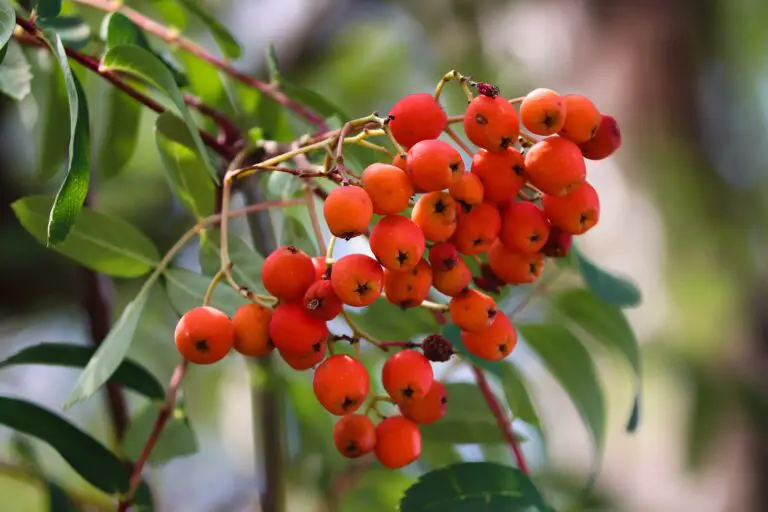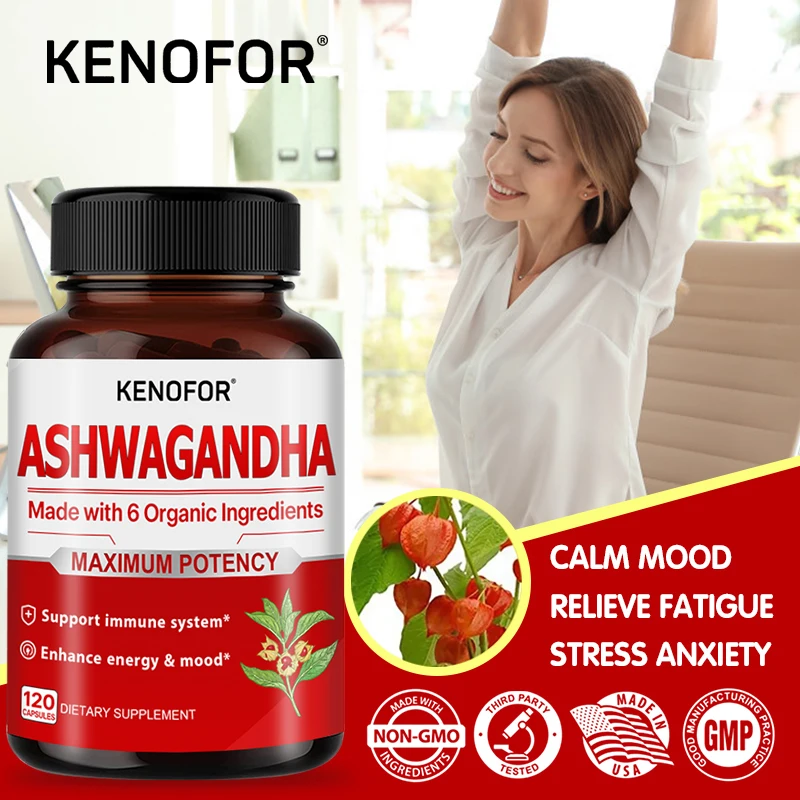In the hustle and bustle of modern life, taking care of cardiovascular health often takes a backseat. However, incorporating natural remedies like herbs, herbal infusions, and even herbal inhalations into your daily routine can make a significant difference. Let’s explore how herbal medicine can support heart health and improve overall well-being.
Why Focus on Cardiovascular Health?
Your cardiovascular system—comprising the heart, blood vessels, and blood—is essential for delivering oxygen and nutrients throughout your body. It’s also responsible for removing carbon dioxide and other waste products, ensuring your cells function optimally. Maintaining its health can prevent conditions like hypertension, atherosclerosis, heart disease, and even strokes. While a balanced diet and regular exercise are cornerstones of heart health, herbs can play a complementary role by providing antioxidants, anti-inflammatory compounds, and other beneficial nutrients.
Neglecting cardiovascular health can lead to serious consequences, including chronic fatigue, poor circulation, and a higher risk of heart attack. Taking small, proactive steps every day to support your heart can have life-changing benefits, and herbal remedies offer a simple, natural way to do so.
Herbs for Heart Health
Certain herbs are renowned for their cardiovascular benefits. Here are some that can be easily integrated into your daily routine:
- Hawthorn (Crataegus spp.)
- Known as the “heart herb,” hawthorn has been used for centuries in traditional medicine to treat heart-related ailments. It is rich in flavonoids and oligomeric proanthocyanidins, which are powerful antioxidants that support blood vessel integrity and improve blood flow.
- Hawthorn also helps regulate blood pressure by relaxing blood vessels and can strengthen the heart muscle, making it particularly beneficial for those with mild heart conditions or hypertension.
- Use: Brew hawthorn tea or add hawthorn extracts to your daily regimen. Start with a cup of hawthorn tea in the morning or evening for a calming, heart-healthy ritual.
- Garlic (Allium sativum)
- Garlic is well-known for its ability to lower blood pressure and cholesterol levels. Its active compound, allicin, helps reduce plaque buildup in arteries and promotes blood vessel relaxation, improving overall circulation.
- Studies have shown that consuming garlic regularly can significantly lower LDL (bad cholesterol) while boosting HDL (good cholesterol).
- Use: Incorporate raw garlic into meals such as salads, soups, or stir-fries. If the pungent taste is too strong, consider odorless garlic supplements.
- Turmeric (Curcuma longa)
- This golden spice contains curcumin, a potent anti-inflammatory and antioxidant. Curcumin helps reduce oxidative stress and inflammation, both of which are significant contributors to heart disease.
- Turmeric also improves endothelial function, which is crucial for maintaining flexible and healthy blood vessels. Reduced arterial stiffness can lead to better blood pressure control.
- Use: Add turmeric to curries, soups, or smoothies. For an extra boost, make a golden milk latte by combining turmeric, black pepper (to enhance absorption), and warm milk.
- Cinnamon (Cinnamomum spp.)
- Cinnamon can help lower bad cholesterol (LDL) and stabilize blood sugar levels, both of which are critical for cardiovascular health. Its anti-inflammatory properties also help reduce strain on the heart.
- Use: Sprinkle ground cinnamon over oatmeal, yogurt, or coffee. Alternatively, brew a warm cup of cinnamon tea for a comforting treat.
- Ginkgo Biloba
- Ginkgo improves circulation by dilating blood vessels and reducing blood viscosity. It’s particularly effective in promoting peripheral circulation, making it beneficial for individuals with cold hands and feet or poor blood flow.
- Use: Sip on ginkgo tea or use it in supplement form. Consistency is key, so aim to incorporate ginkgo into your routine daily for the best results.
Herbal Infusions for Cardiovascular Support
Herbal infusions are an easy and relaxing way to reap the benefits of heart-friendly herbs. These warm, flavorful drinks provide a soothing experience while delivering powerful nutrients to support your cardiovascular system. Here’s a simple recipe:
Heart Health Herbal Tea
- Ingredients:
- 1 tsp dried hawthorn berries
- 1 tsp dried hibiscus flowers
- ½ tsp dried cinnamon
- 1 tsp dried rose petals
- Instructions:
- Combine all ingredients in a teapot.
- Pour boiling water over the herbs and steep for 10–15 minutes.
- Strain and enjoy warm, perhaps with a touch of honey for added flavor and antioxidants.
Additional Tip: Rotate your herbal teas to enjoy a variety of flavors and benefits. For example, alternate between hawthorn-hibiscus tea and turmeric-ginger tea to keep your routine interesting.
Herbal Inhalations: A Unique Approach
Did you know that inhaling the aroma of certain herbs can also benefit cardiovascular health? Stress is a significant contributor to heart problems, and aromatic herbs can help reduce tension, improve mood, and even lower blood pressure indirectly. Here’s how to try herbal inhalations:
- Choose calming herbs like lavender, rosemary, or eucalyptus. Lavender, in particular, is known for its stress-relieving properties, while rosemary can help improve focus and circulation.
- Add a handful of fresh or dried herbs to a bowl of hot water. Ensure the water is steaming but not boiling to avoid burns.
- Lean over the bowl, cover your head with a towel, and inhale deeply for 5–10 minutes. Close your eyes and focus on your breathing for a meditative experience.
This practice not only soothes the mind but may also indirectly support heart health by reducing stress-induced blood pressure spikes. For an added benefit, try incorporating essential oils, such as lavender or chamomile, into your inhalation routine.
Lifestyle Tips to Enhance Herbal Benefits
While herbs are powerful, combining them with a heart-healthy lifestyle amplifies their effects. Here are some additional tips to optimize your cardiovascular health:
- Stay active: Engage in at least 30 minutes of moderate exercise daily, such as brisk walking, cycling, or yoga. Regular physical activity improves circulation and strengthens the heart.
- Eat a balanced diet: Focus on whole grains, lean proteins, healthy fats, and plenty of fruits and vegetables. Foods rich in omega-3 fatty acids, like salmon and flaxseeds, are particularly beneficial.
- Manage stress: Chronic stress can elevate blood pressure and strain the heart. Practice mindfulness techniques, such as meditation, deep breathing, or journaling, to keep stress levels in check.
- Get enough sleep: Poor sleep quality is linked to a higher risk of heart disease. Aim for 7–9 hours of restful sleep each night.
Conclusion
Embracing herbal medicine as part of your daily routine is a natural and effective way to nurture cardiovascular health. From teas and infusions to calming inhalations, these simple practices can provide long-term benefits for your heart. Combined with a healthy lifestyle, herbs can be a powerful ally in protecting your cardiovascular system.
Begin your journey to a healthier heart today by incorporating these herbal remedies into your life. Whether you’re sipping on a warm cup of hawthorn tea or enjoying a calming herbal steam, every small step counts toward a stronger, healthier heart. Your heart will thank you!













